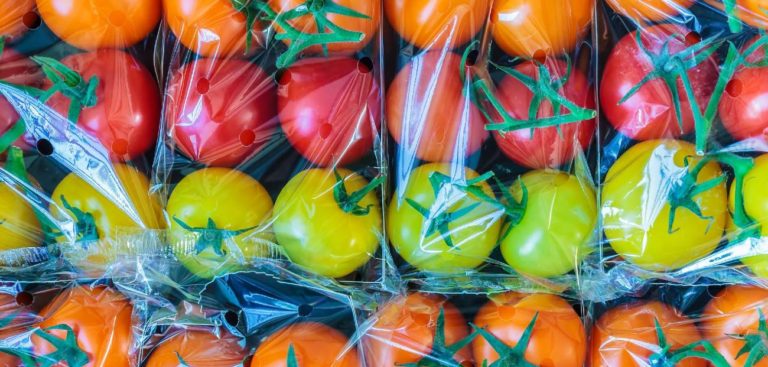Advertisements
Reusing materials is an increasingly important practice in the fight against pollution and waste. When we talk about the polystyrene (EPS – Expanded Polystyrene), this need becomes even more evident, since this material, widely used in packaging, faces major recycling challenges. In this article, we will address how crushing styrofoam for reuse can offer a viable and sustainable solution, transforming waste into economic opportunities.

The Problem of Styrofoam in the Environment
It is a plastic widely used in packaging, household appliances, furniture and even food. Its main function is to protect products, due to its lightness and impact absorption capacity. However, after use, it represents a major environmental problem. Because it is composed of 95% air, its volume is enormous in relation to its weight, making transportation and recycling economically unfeasible.
Among the main challenges faced in dealing with the polystyrene, we can highlight:
- Insufficient collection: The polystyrene It is found in small quantities in homes and, as there is no structured national program for selective collection, the most common destination is landfills.
- Volume versus value: Due to its high volume and low weight, the transportation of polystyrene for recycling often costs more than the recovered value of the material, which discourages its recycling.
- Lack of advanced technology: The low demand for recycling polystyrene inhibits the development of technologies that can make the process economically viable.
These obstacles show that, although it is a technically recyclable plastic, there is little structure for this. In this scenario, reuse emerges as a practical and sustainable alternative.
Innovation: Crushing Styrofoam for Reuse
Given the difficulties in recycling the polystyrene, some creative entrepreneurs have developed solutions that allow the reuse of the material in their own products, reducing the environmental impact and creating new business opportunities. These processes begin with the Styrofoam crushing, which consists of grinding the material to transform it into raw material for different applications.
Below, we show three examples of how the crushing can be used in an innovative way:
- Lightweight Concrete Blocks: Equipment specially developed to crush slabs and blocks allows the material to be used in the production of concrete blocks. Lightweight concrete, made from this mixture, has several advantages, such as greater thermal insulation and lower weight, making it ideal for sustainable construction. In addition, the reuse of polystyrene in this context it prevents tons of waste from reaching landfills.
- Poufs and Pillows: In one example of a homemade invention, a Brazilian inventor has created a simple method of shredding and reusing it to fill beanbags and cushions. This system uses a wooden lathe with nails to shred the material, which is then sucked into PET bottles. The simplicity and efficiency of this solution shows how small innovations can have a big impact.
- Incorporation into Crafts: In some regions, small entrepreneurs have used the crushed material to produce handcrafted items such as sculptures and decorative pieces. The material, after fragmentation, can be mixed with other elements to create products with added value, which are sold in the local market.
These initiatives not only demonstrate the versatility of input shredded, but also inspire others to think outside the box when it comes to reusing waste.
Check out other interesting facts about recycling clicking here.
Learn how to make art by recycling, Click here.




I liked it, and I want to receive information
Grateful